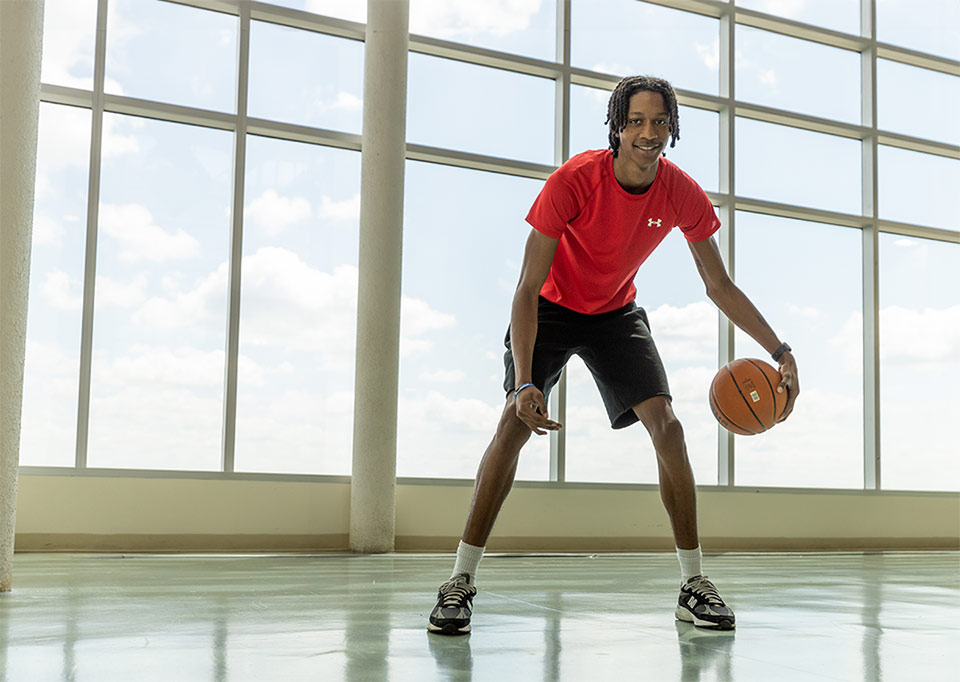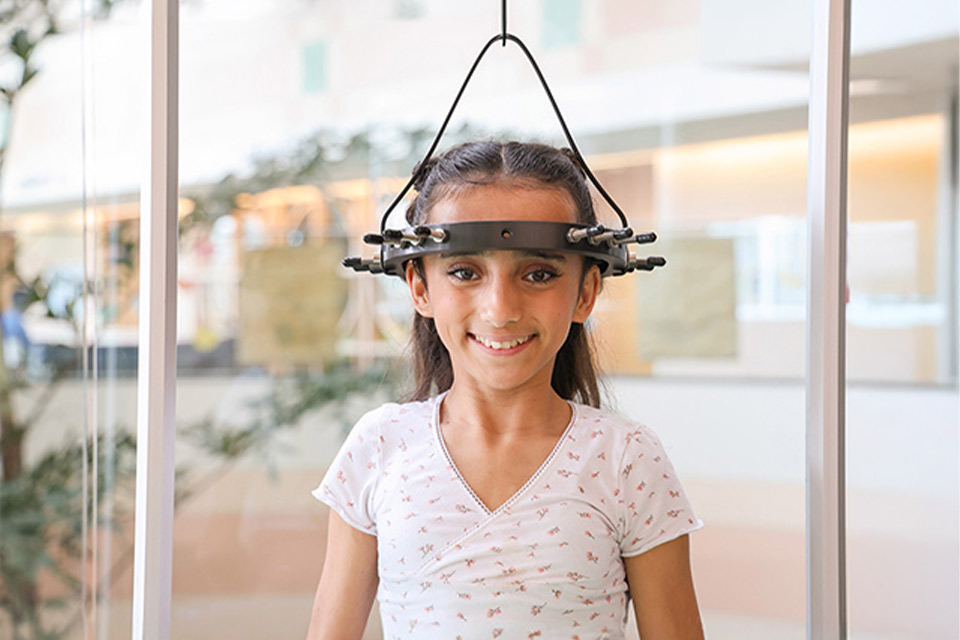Established: May 16, 1925
Shriners Hospitals for Children Canada opened in 1925, with a crowd of over a thousand from the four corners of North America gathered on Mount Royal to celebrate the dedication of the hospital. Under the guidance of Administrator Florence Potts and Chief-of-Staff Alexander Mackenzie-Forbes, M.D., the hospital became a key partner of Canadian health care and of McGill University. The first four chiefs of staff, Alexander MacKenzie‑Forbes, M.D., William Turner, M.D., Gordon Petrie, M.D., and Richard L. Cruess, M.D., led important departments at McGill. They were also celebrated members of the Canadian and American orthopedic associations.
Most of the 85 patients admitted during the hospital’s first year had either polio or tuberculosis. Throughout the first 25 years, new procedures and treatments became available. For instance, the arrival of penicillin in 1944 helped shorten the average length of stay for patients. The key development that would change the nature of the care given at Shriners Hospitals for Children Canada would arrive in 1952: the polio vaccine.
Challenges and Opportunities
Facing a decline in of the number of polio patients, Shriners Hospitals sought to help other patient populations in need. Treatments associated with other orthopedic conditions such as spina bifida and cerebral palsy were provided. The diversification of conditions treated also helped strengthen the relationship between the hospital and the orthopedic residency program at McGill University. While participating in orthopedic conferences, as well as rotations, many residents in orthopedics have completed their training at Shriners Hospitals for Children Canada over the years.
Public Health Care Established in Canada
After public health care was established in the country, the government recognized the importance of Shriners Hospitals for Children Canada and signed an agreement with its board that is still in effect today. The agreement with the Quebec government also made it possible to invest in a research department and to modernize the hospital. Francis Glorieux, M.D., Ph.D., led the opening of the research department in 1973.
Situated within the walls of the hospital, this department benefitted quickly from the proximity between researchers and patients. By doing its work on-site, the research team was able to study cases in the lab while rapidly offering solutions in the clinical environment. Two labs were initially created within the department: a genetic unit and a joint disease unit. The genetic unit studies the problems linked to the musculoskeletal development of children. Under the leadership of Dr. Francis Glorieux, it has been behind key innovations and discoveries related to the treatment of rickets and osteogenesis imperfecta (brittle bone disease) that are now the norm worldwide.
New Horizons
Though investments made in the 1980s and 1990s helped greatly augment the output of the hospital’s number of patients treated, the greater diversification of cases treated and the surge in the number of surgeries and clinical visits were forcing the hospital’s administrators to examine the necessity of moving to a new site. While many Montreal hospitals were planning to re-establish themselves in new facilities, Shriners Hospitals for Children Canada elected to join the McGill University Hospital Centre (MUHC) on the Glen campus once the MUHC construction project was underway.
Placed at one of the city’s strategic locations and next door to the Montreal Children’s Hospital, Shriners Hospitals for Children Canada opened its doors in 2015, thanks to support of the Shriners fraternity, the Daughters of the Nile and the Ladies Oriental Shrine of North America, as well as philanthropists and businesses from across Quebec, Canada and the United States. Thanks to their generosity, a brand new, state-of-the art building now offers patients, doctors, health professionals and researchers the latest equipment and installations so that Shriners Hospitals for Children Canada remains at the forefront of orthopedic pediatric care and research.
Location Highlights
- Feb. 10, 1925: Opened.
- The 1950s sees the introduction of the vaccine against polio, which radically brings down the number of cases.
- 1955-1957: Hospital reorients the services offered, and funds are allocated for basic and clinical research related to orthopedic diseases.
- 1971: Dr. Francis Glorieux, M.D., Ph.D., gains recognition as a member of the team that developed new treatments for rickets.
- 1973: Research department opens.
- 1980-1990: The number of patients treated increases significantly thanks to major investments.
- 2015: Moved into the new state-of-the-art building on the Glen Campus in Montreal.
specialty pediatric care at shriners hospitals for children canada
View More Canada Care OptionsWe Understand the Unique Medical Needs of Children
Keep In Touch
Join our mailing list to stay up to date on everything that's happening at Shriners Children's.







